Mainichi
Thierry Fournier, Carlos Macià, Román Torre
Curated by Pau Waelder
Niio platform for curated video and digital art
This selection is part of series inspired by the concept of the infra-ordinary, introduced by writer Georges Perec in a 1973 text in which he stated “what speaks to us, seemingly, is always the big event, the untoward, the extra-ordinary” and called for paying attention to “what happens every day and recurs every day: the banal, the quotidian, the obvious, the common, the ordinary, the infra-ordinary…” In Japanese, the word mainichi can be translated as “everyday” and refers to the ordinary, be it the activities that are carried out every day to the daily newspapers. Traveling allows us to discover new places, but also connects to the everyday in a manner that makes it extraordinary: when we visit a foreign land or city for the first time, even an ordinary activity such as going to grab a coffee or taking the subway can become memorable. A massive and exotic city to the eyes of a Westerner, Tokyo has captivated the imagination of many artists and filmmakers. This selection focuses on the work of three artists who have explored the infra-ordinary in the Japanese metropolis by developing different approaches to a particular cinematic language.
See a preview of this selection on Niio
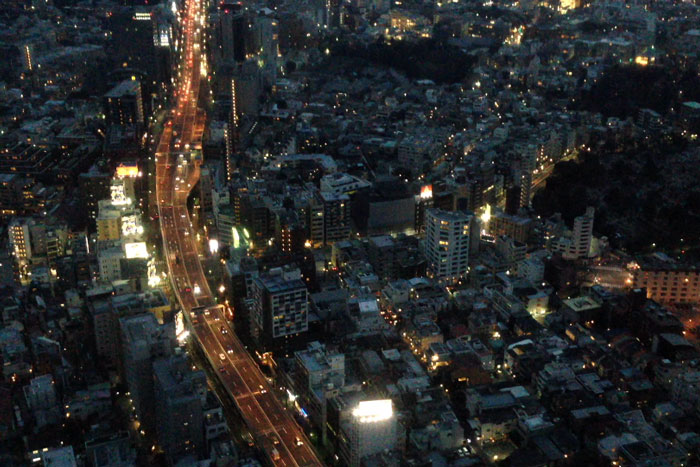
THIERRY FOURNIER
EX/IF #1 – Mori
Video, HD 16/9, 5’06”, 2014
The EX/IF short videos series were filmed in Japan. They relate situations where the human and urban environment behaves itself like an organism or a machine: the abstract urban flow of Tokyo filmed at night from the top of a tower (#1, Mori), a tennis training with a crowd where each player shouts the description of his action (#2, Service), a panoptic device on a building roof, where the accumulation of CCTV and surveillance sensors seems to be compensated by ambient music (#3, Cool). To account for the spontaneous nature of these phenomena, the videos are rendered without any editing, hence their title which refers to the raw metadata format of digital images.
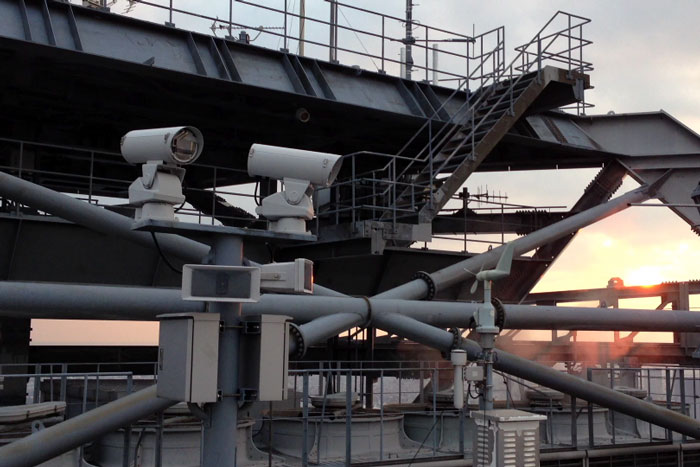
THIERRY FOURNIER
EX/IF #3 – Cool
Video, HD 16/9, 1’43”, 2014
The EX/IF short videos series were filmed in Japan. They relate situations where the human and urban environment behaves itself like an organism or a machine: the abstract urban flow of Tokyo filmed at night from the top of a tower (#1, Mori), a tennis training with a crowd where each player shouts the description of his action (#2, Service), a panoptic device on a building roof, where the accumulation of CCTV and surveillance sensors seems to be compensated by ambient music (#3, Cool). To account for the spontaneous nature of these phenomena, the videos are rendered without any editing, hence their title which refers to the raw metadata format of digital images.
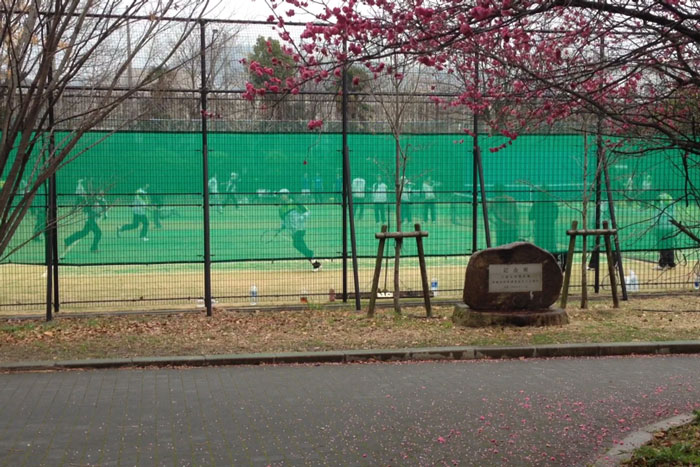
THIERRY FOURNIER
EX/IF #2 – Service
Video, HD 16/9, 50″, 2014
The EX/IF short videos series were filmed in Japan. They relate situations where the human and urban environment behaves itself like an organism or a machine: the abstract urban flow of Tokyo filmed at night from the top of a tower (#1, Mori), a tennis training with a crowd where each player shouts the description of his action (#2, Service), a panoptic device on a building roof, where the accumulation of CCTV and surveillance sensors seems to be compensated by ambient music (#3, Cool). To account for the spontaneous nature of these phenomena, the videos are rendered without any editing, hence their title which refers to the raw metadata format of digital images.
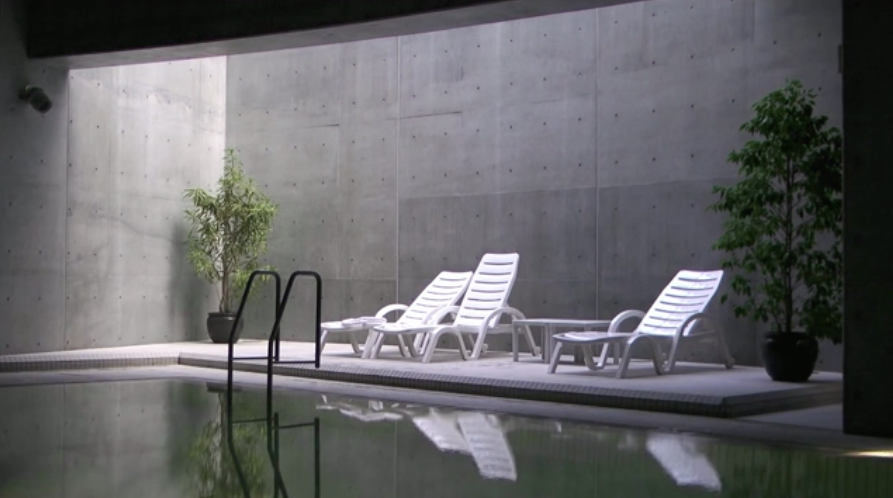
CARLOS MACIÁ
Swimming Pool
The serene ambience of a swimming pool that the artist used on daily basis during his three-month stay in Tokyo inspired him to record this video that focuses on the architecture of a secluded space. In a city known for its massive population, the lack of any human presence allows the camera to explore the minute details of the pool, following a ray of sunlight that traversed the space at different times of the day. Through this observation of what would usually go unnoticed, Macià explores the two main subjects of his work: painting and architecture.
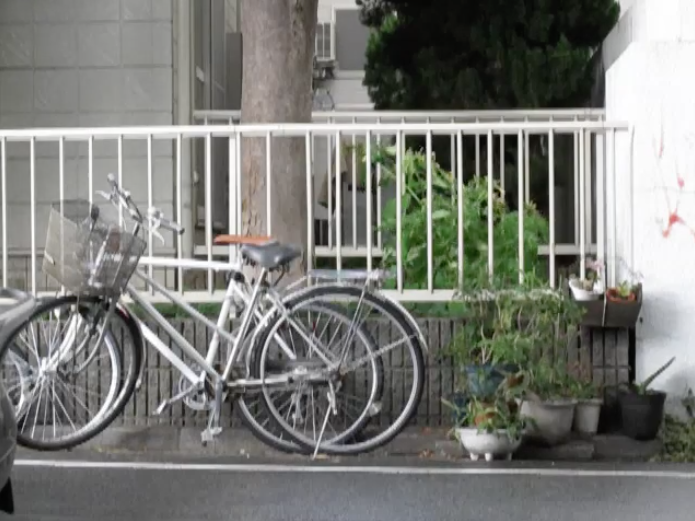
CARLOS MACIÁ
Shimokitazawa
A sudden summer storm while walking around the district of Shimokitazawa in Tokyo inspired Carlos Macià to record this video with his pocket camera, as the storm went by. An unscripted scene, it is apparently uneventful yet somehow mesmerizing. The artist states that he drew inspiration from the long take of a house door in the film Caché (Michael Haneke, 2005) and the daily photographs of a street corner in Brooklyn taken by one of the characters in the film Smoke (Wayne Wang, 1995). Its improvised making, to which testify the format and resolution of the video, speaks of the beauty of the everyday and suggests countless narratives.
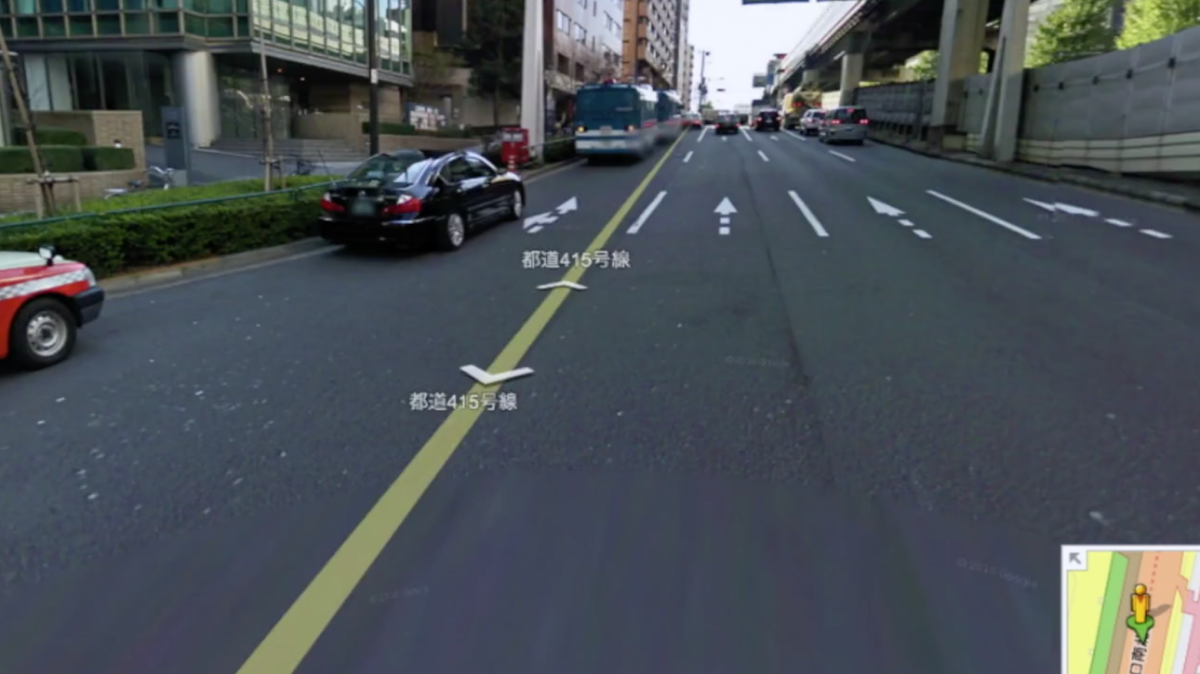
ROMÁN TORRE
Tokio II
Using the data collected by a fitness tracker during his stay in Tokyo over the course of a summer, Román Torre reconstructs his walks in the city using a customized software that pairs the GPS data with images from Google Street View. The result is a generative piece titled Tokyo: Digital Reconstructive Memory (2016). This video is a new version of the same idea, reconstructing several of Torre’s journeys around the city in a frame by frame animation with a new soundtrack. The artwork presents a raw view of the city dictated by the automated systems that collect our personal data and guide us through the urban space.
